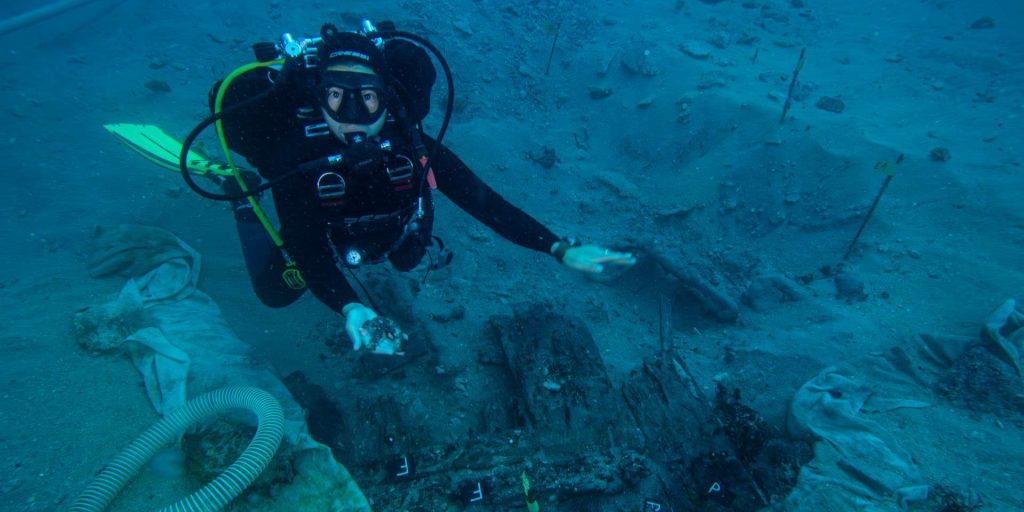Sicilian Underwater Expedition Uncovers 2,500-Year-Old Shipwreck
Others are reading now
Underwater archaeology has led to many exciting discoveries that reveal the rich history of ancient civilizations.
Recently, a team of divers off the coast of Sicily uncovered a shipwreck dating back to around 500-400 BC, writes Historienet.
This find sheds light on Sicily’s important role in ancient trade networks.
The wreck was discovered just six meters below the surface, near the small town of Santa Maria del Focallo in southern Sicily.
Also read
The team of underwater archaeologists also found four stone anchors and two iron anchors close to the wreck.
The discovery shows how Sicily was an important trading center for over a thousand years.
The ship was built using an advanced technique known as su guscio. This method involved joining wooden planks with dowels, filling gaps and holes in the wood with carved pieces.
This made the ship’s structure very strong and durable. In addition to the shipwreck, the divers found two sets of anchors.
Four of them were made of stone and are thought to be much older than the wreck itself.
These stone anchors are believed to date back to the ancient Egyptian period around 2400 BC.
The other two anchors were made of iron and date from around the 6th century AD. Iron anchors became more common in the Middle Ages as ships grew larger and heavier.
The team also used underwater photogrammetry to create a 3D model of the wreck. This technology will help with future research and documentation of the site.
They also collected samples for further analysis. This will give more information about the materials used to build the ship and the environment at the wreck site.
This discovery is an important reminder of Sicily’s historical significance as a major center in ancient trade routes between the Roman Empire and Greece.
The wreck, anchors, and other artifacts show just how advanced the people of that time were in their shipbuilding and navigation.


